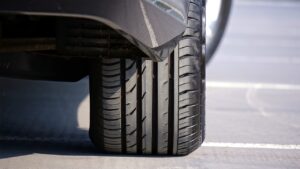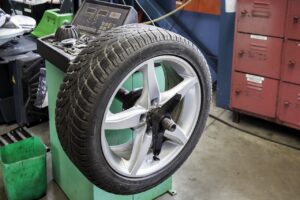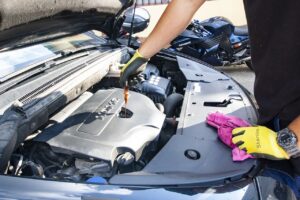Automatic gearboxes are becoming increasingly popular. They’re no longer associated with cushy driving – especially now that manufacturers have put paddles behind the steering wheel, as in Lewis Hamilton’s F1 car. And the icing on the cake is that they’ve become more fuel-efficient, which used to be far from the case. But certain habits could jeopardize their longevity and smooth operation.
Mashing the brake and stopping the car to move the lever
The vast majority of modern cars won’t even let you move the gearshift lever without stepping on the brake except perhaps when shifting from N to D or when the car is in gear. This is possible very low speed with an older car, and it’s a mistake that can have serious consequences, and cost up to four figures to repair. An automatic car has not been developed to change modes when in motion, and forcing it to do so could subject the mechanism to pressures for which it was not designed. That’s why you need to be at a complete standstill, with your foot on the brake, to switch from Drive to Park, and from to reverse. If this seems obvious to you, it’s not to everyone.
This video can explain it more:
Don’t forget the handbrake
Do not use the parking position P as a handbrake. This rather common action is even more serious when the vehicle is on an incline. The excessive extension created in the gearbox causes play and ultimately leads to breakdowns. Here’s how it works: put your foot on the brake and apply the handbrake. Take your foot off the brake. When the car is resting solely on the handbrake, engage position P.
Gearbox oil
Gearbox oil should be changed or at least checked at the same intervals as the engine oil. Automatic gearboxes are bathed in lubricating fluid, which is why they need to be checked. This is as true for torque converter transmissions as it is for double-clutch gearboxes in an oil bath. It’s just as important to respect the oil change interval as it is to use the transmission fluid recommended by the manufacturer. You must also take great care to ensure that the hydraulic fluid contained in the vacuum modulator does not drip. Should this happen, check the seal and the housing bolt?
Forget the burns
Since an automatic gearbox works in constant communication with the servo brake, we strongly advise you not to perform any of the techniques typical of the racing world, such as braking and accelerating at the same time, or locking the rear wheels with the handbrake – hence the so-called handbrake technique. You risk damaging the vacuum modulators in the gearbox’s hydraulic brain. This is part of the gearbox’s hydraulic brain, which controls gear changes by calculating engine vacuum.





